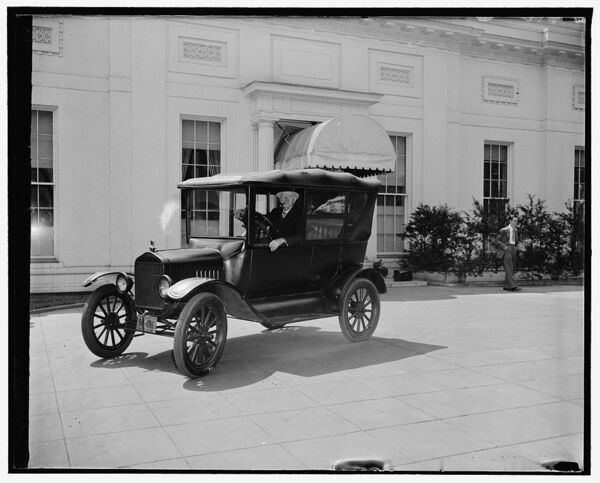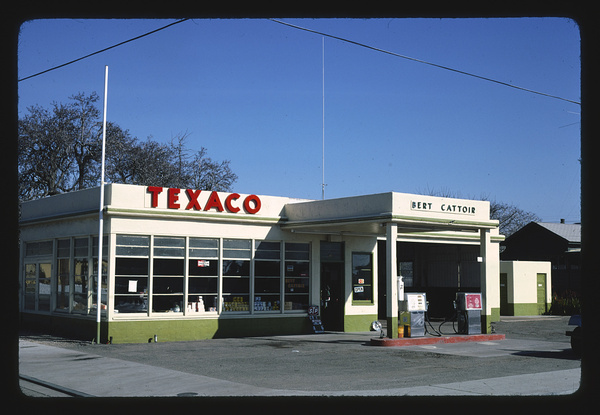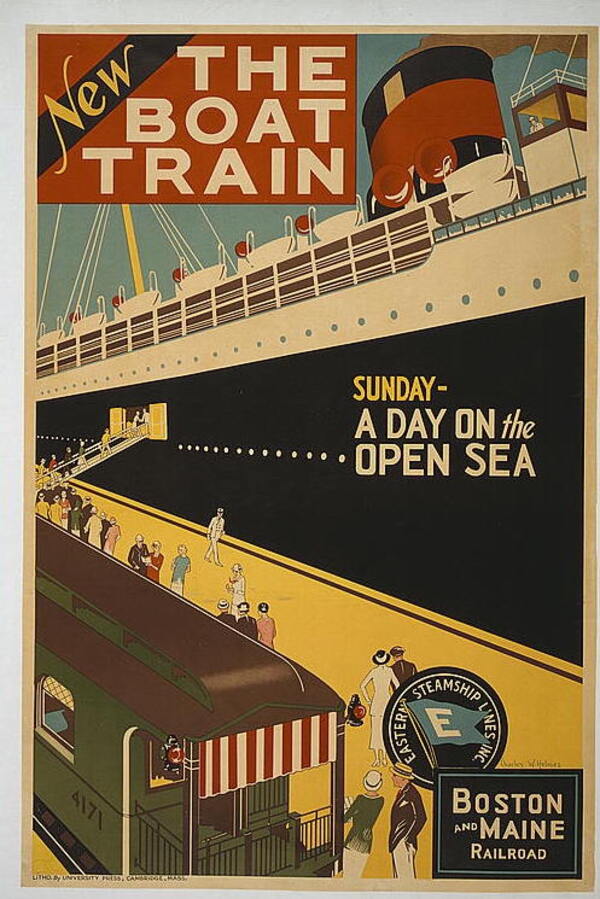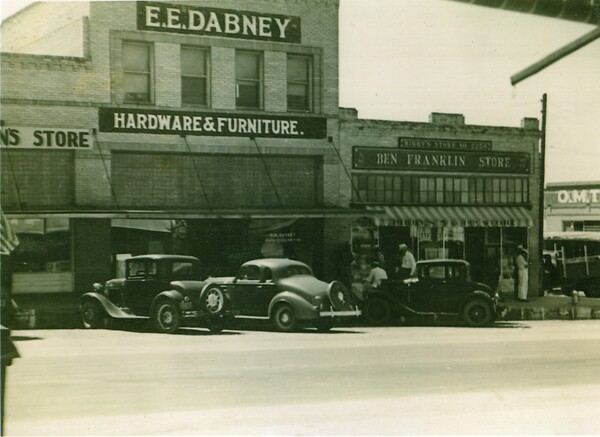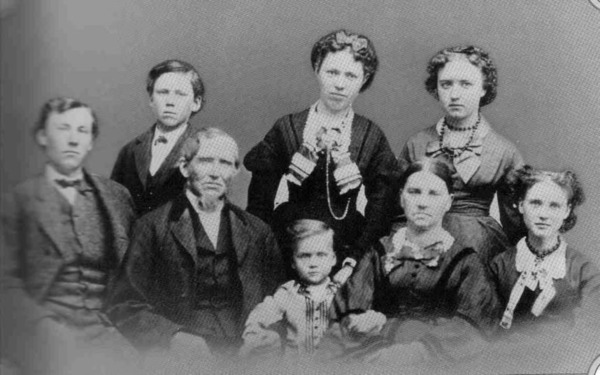The images captured by the many photographers working for the Farm Security Administration during the Great Depression and the start of WWII are an amazing asset for the American people. We are so very lucky to be able to see these slices of life and industry today and captured by such skilled photographers. Many of them went on to have successful careers and became well-known figures in the arts. But, even these talented professionals sometimes produced work that was not considered up to snuff by the higher-ups. Some photographers and commenters have called them “scarred” or “killed” because the method of rejection was to take a hole punch to offending image. Negatives were given a hole which was placed randomly, sometimes obscuring the main subject of the image.

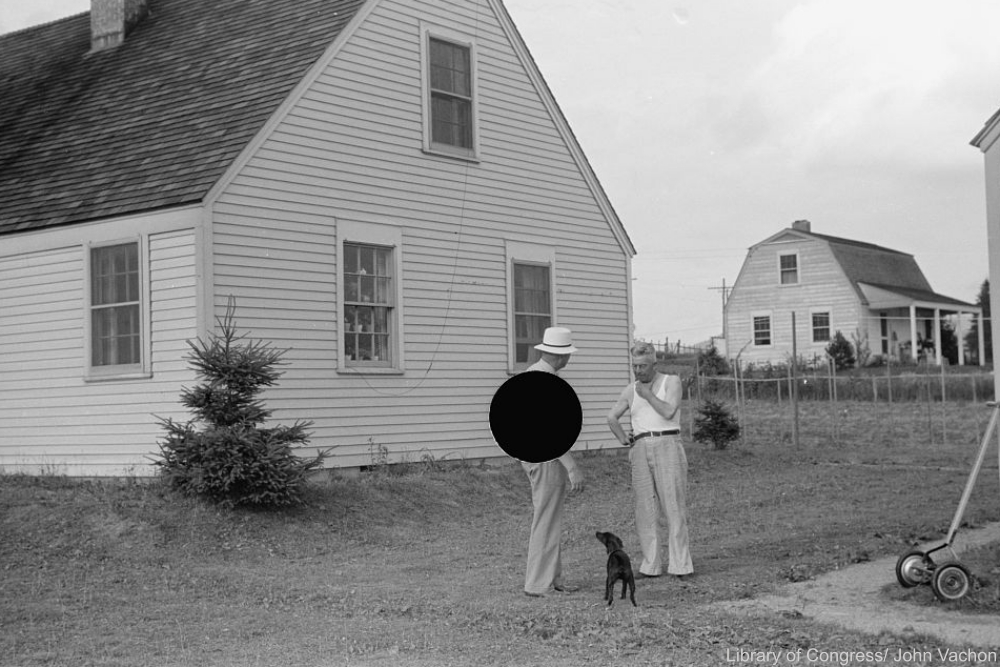


Hit The NEXT PAGE Button To See More!
From 1934 to 1943, Roy Stryker was head of the FSA farm documentation project. There were many negatives he deemed unsuitable for printing. Some of the images have obvious flaws, such as blurred subjects or over-exposed areas. Other images seem to not have much going on, like a farmhouse against the background of a hill. Yet, some of the rejected images seem to show another side to our America. Distraught women seem to weep, eroded soil shows no sign of recovery, children pick through heaps of garbage (unaware that this is not a normal childhood), and children swim in an integrated (and makeshift) swimming pool. Perhaps Stryker thought that the public was not ready for these images. Of all the well-known and compelling images to come from the FSA projects, it is a bit shocking to know that there were more poignant ones still. The poverty that was depicted in the approved images tells only a part of the story.

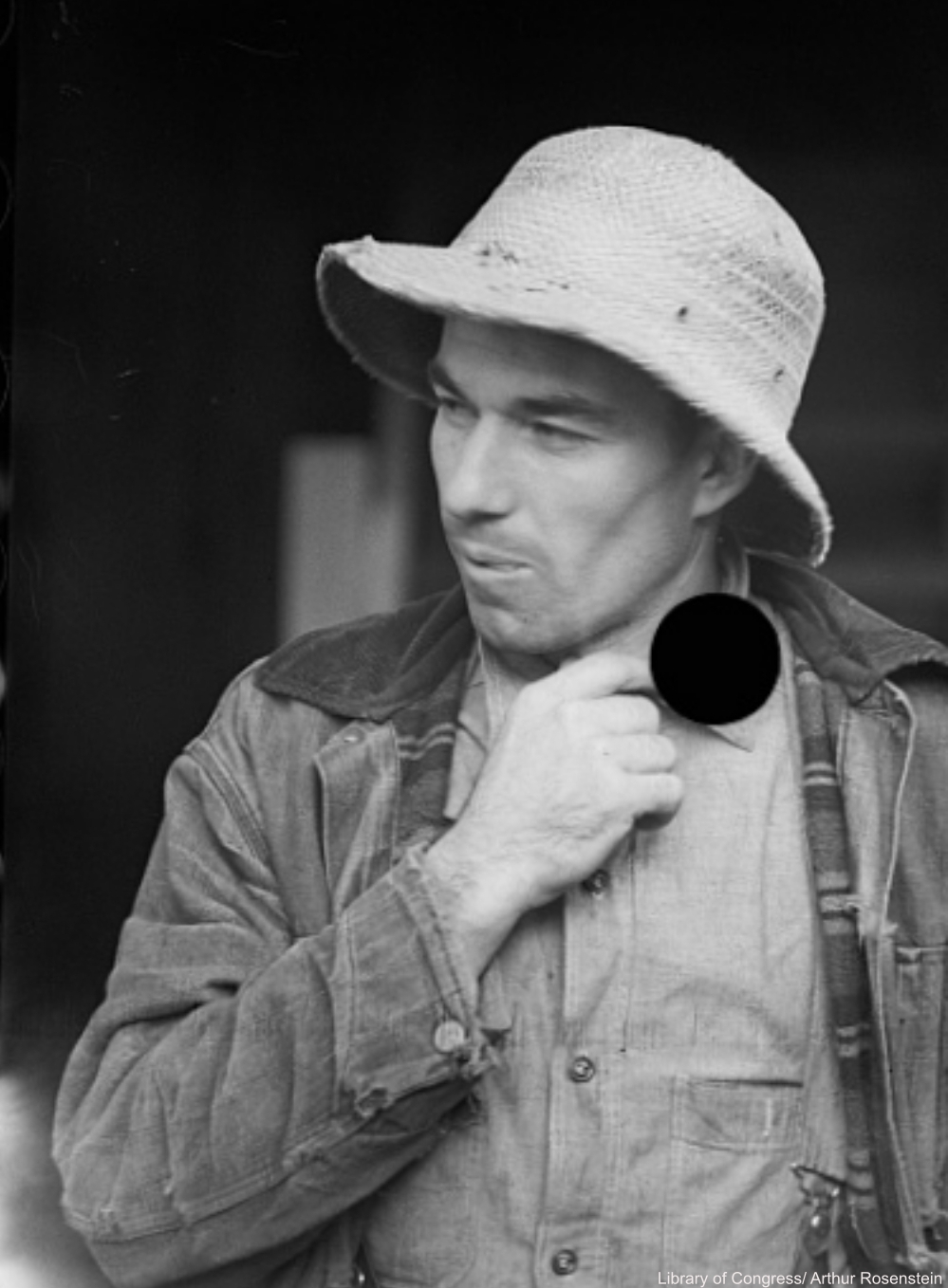

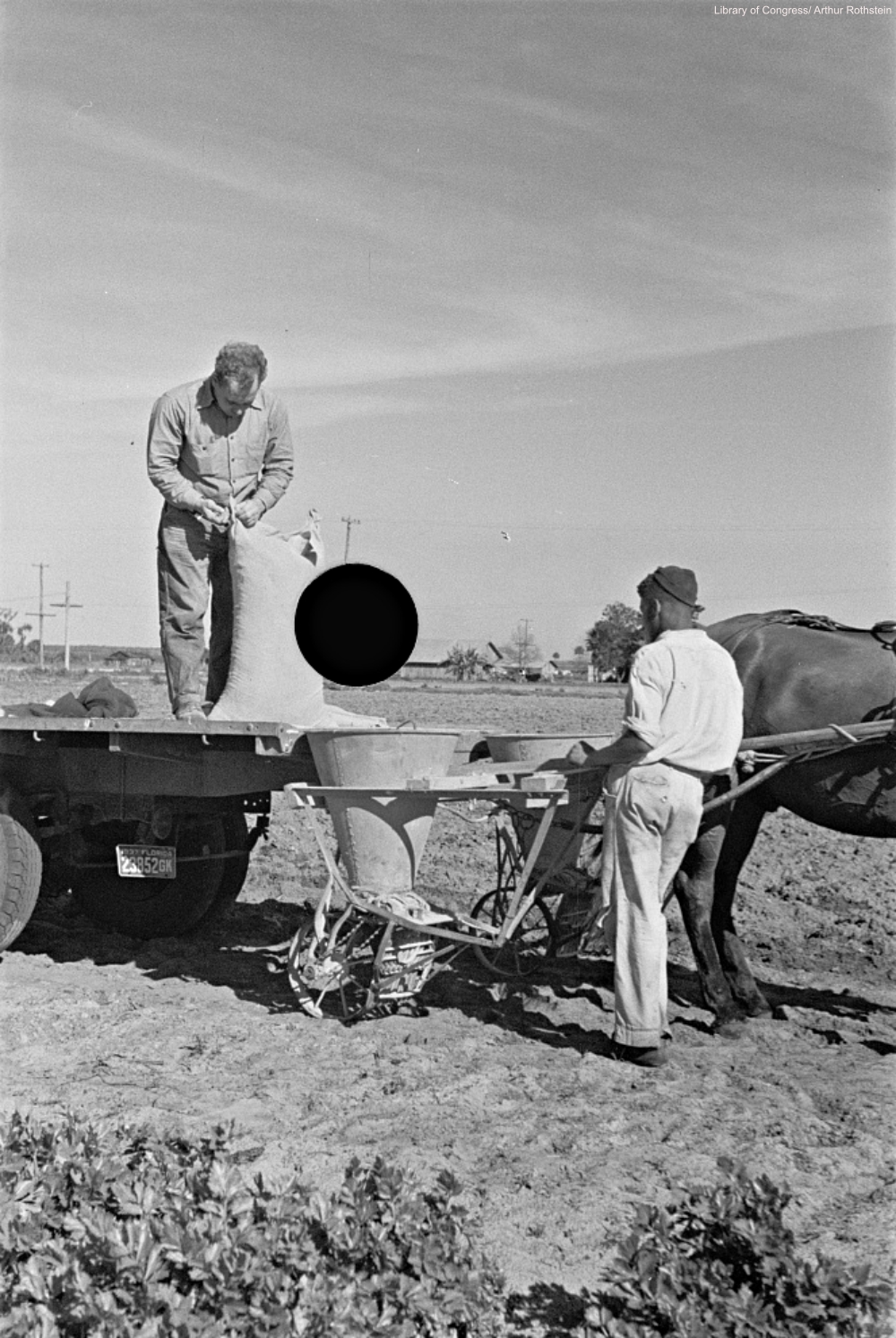
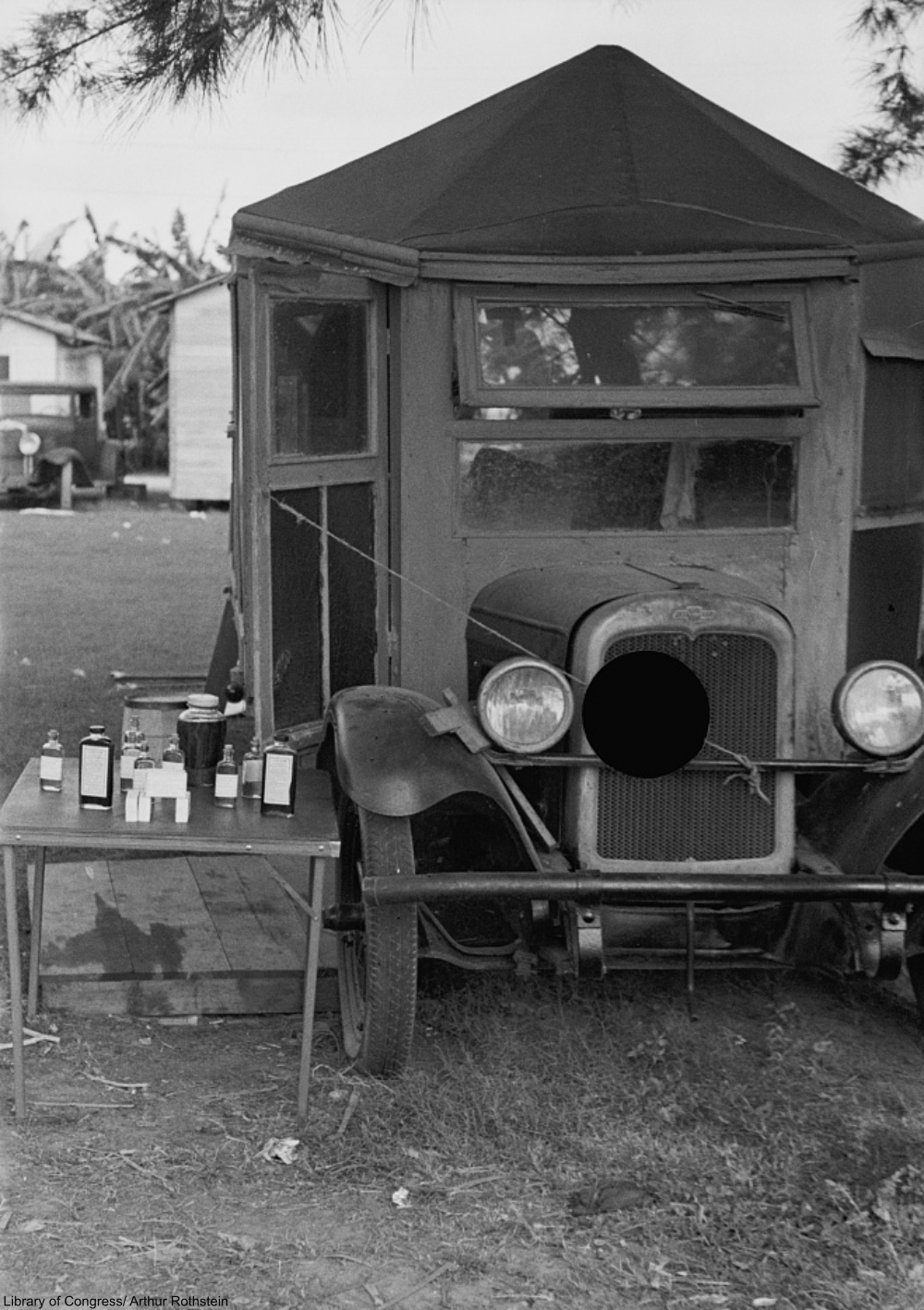
Hit The NEXT PAGE Button To See More!
What was it about these images that made them unworthy or inappropriate? Since these photographs were at times used in newspapers, it is possible that, in addition to some quality control, there was some damage control going on. We may never know all the many criteria that caused Stryker to reject certain images and not others. But, we are fortunate to have the chance to see them all today.

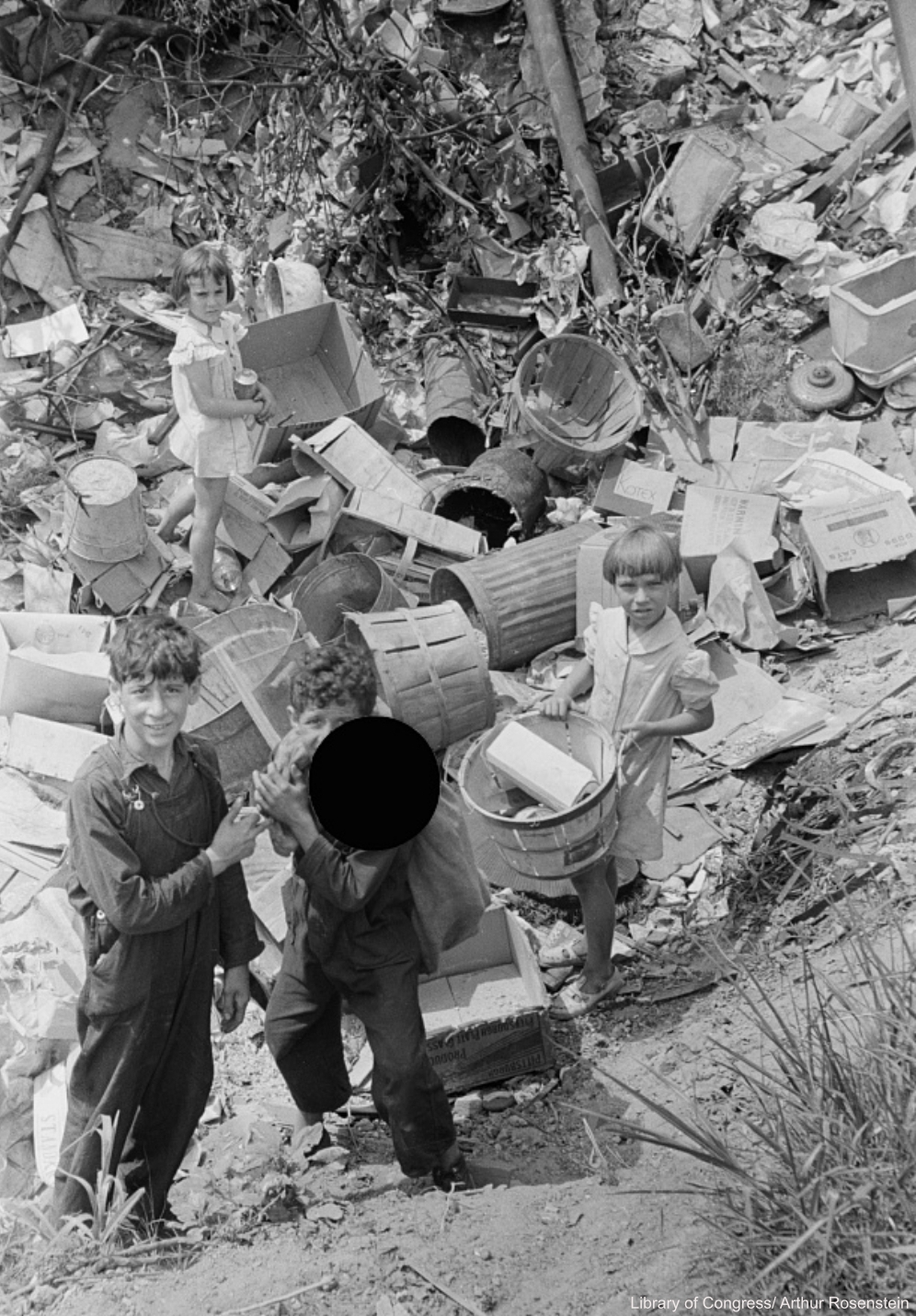
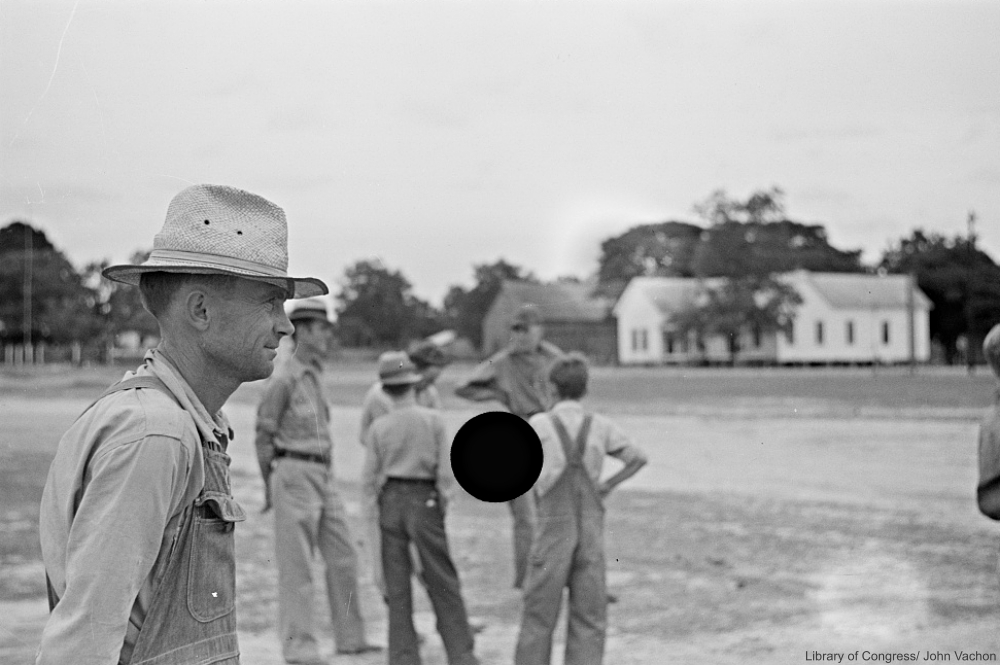
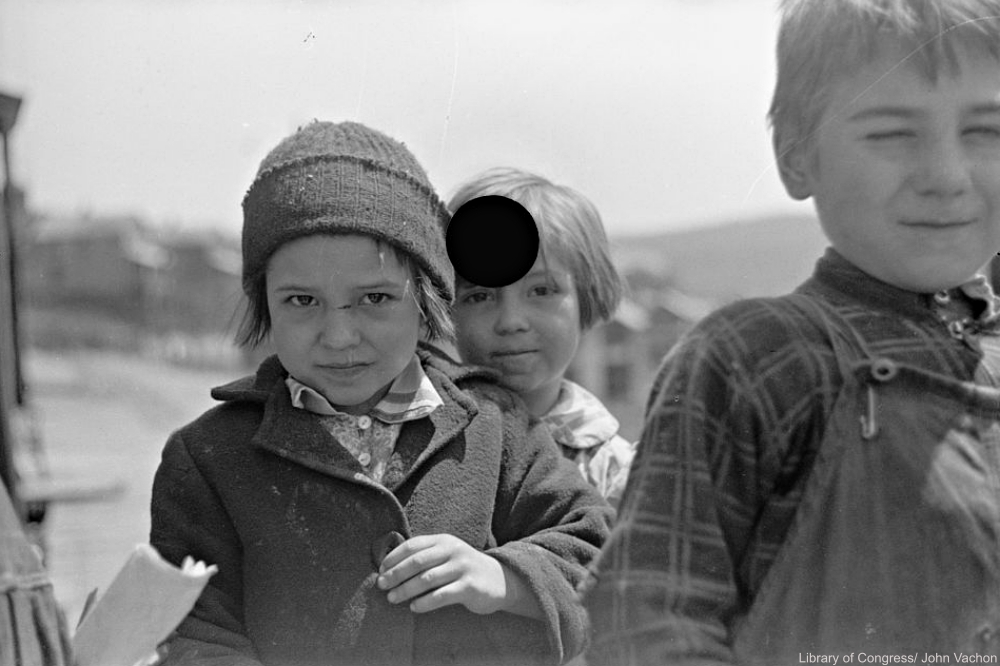
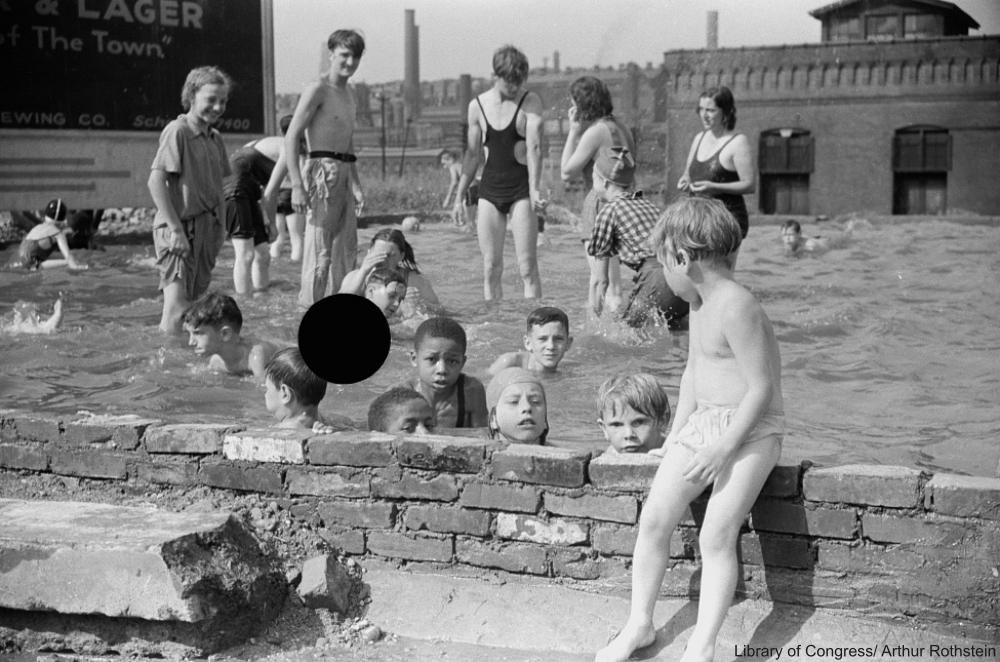
Hit The NEXT PAGE Button To See More!
The sadness in people’s faces, the thin children and workers, clothing so full of holes that it is barely clothing, and the ramshackle housing were all very evident conditions of the Great Depression. But, it is possible that showing the heads hung low would not get us to the other side of it. The people needed hope, at least some of the time. They needed hopeful images to help smooth the edges of the reality of the situation. We will never know how these photos would have impacted the public had they been approved. But, looking at them today gives us a much better sense of how people lived during one of the worst periods in modern history.
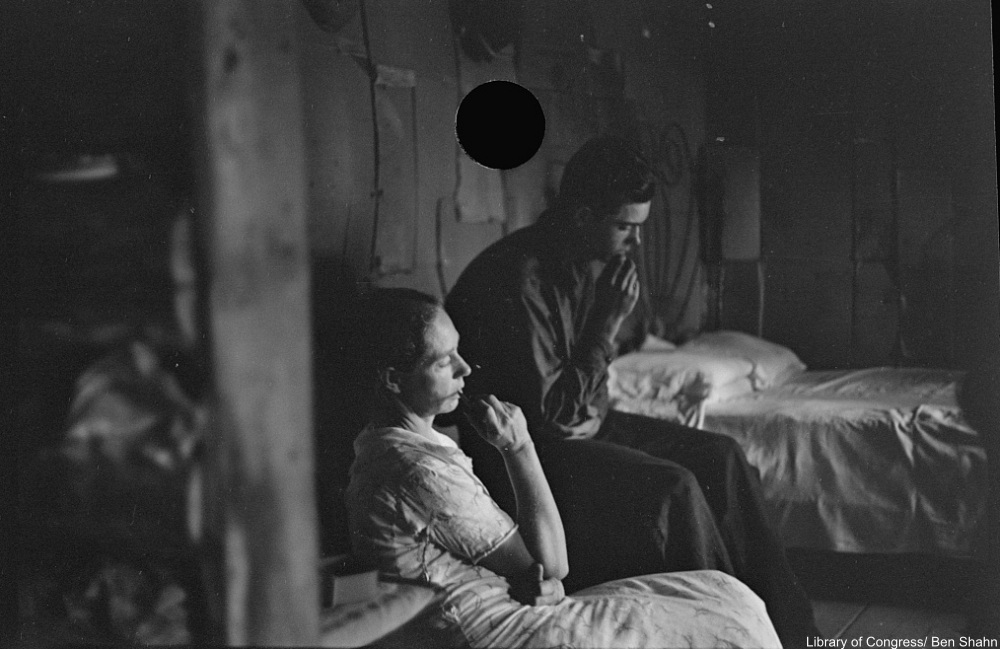
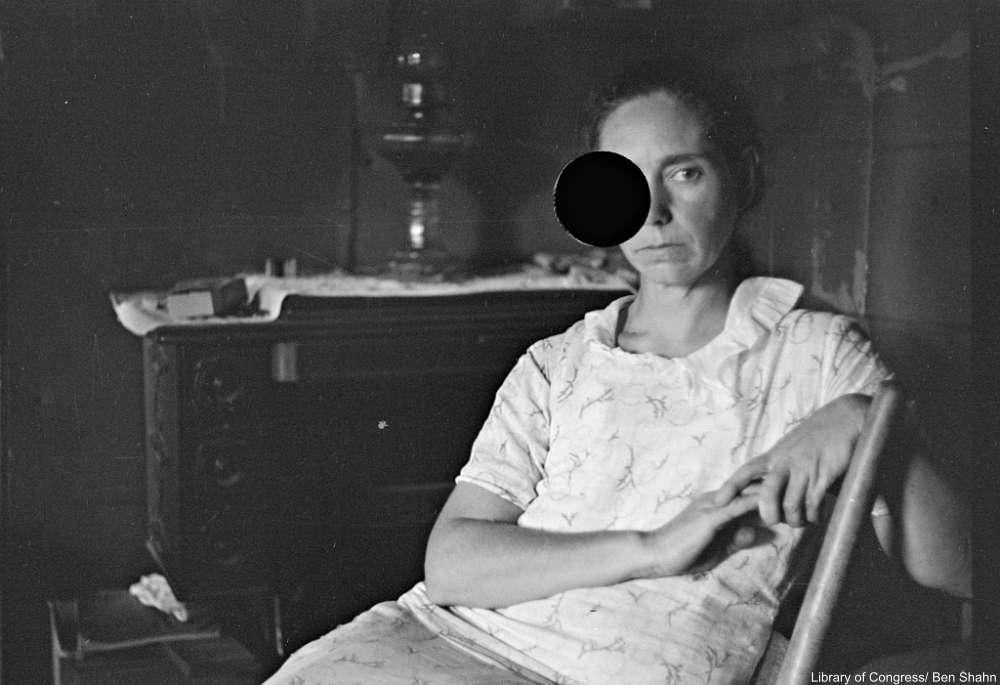
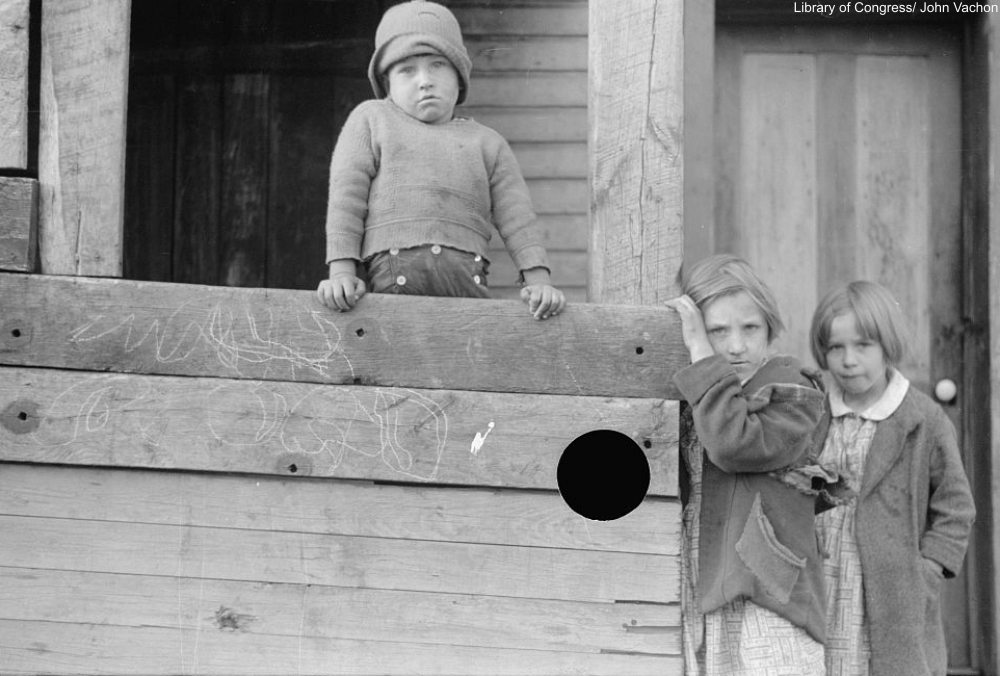
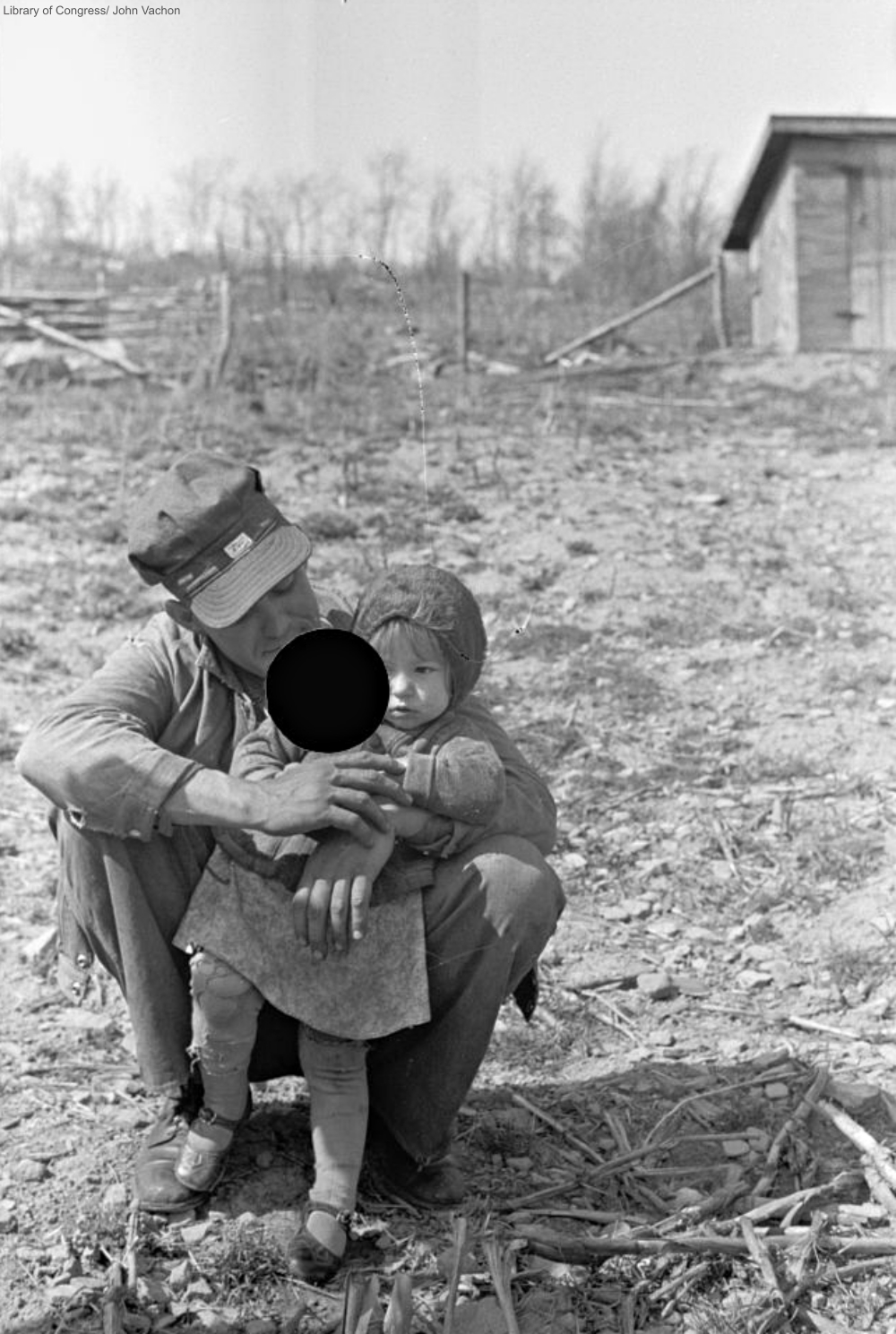
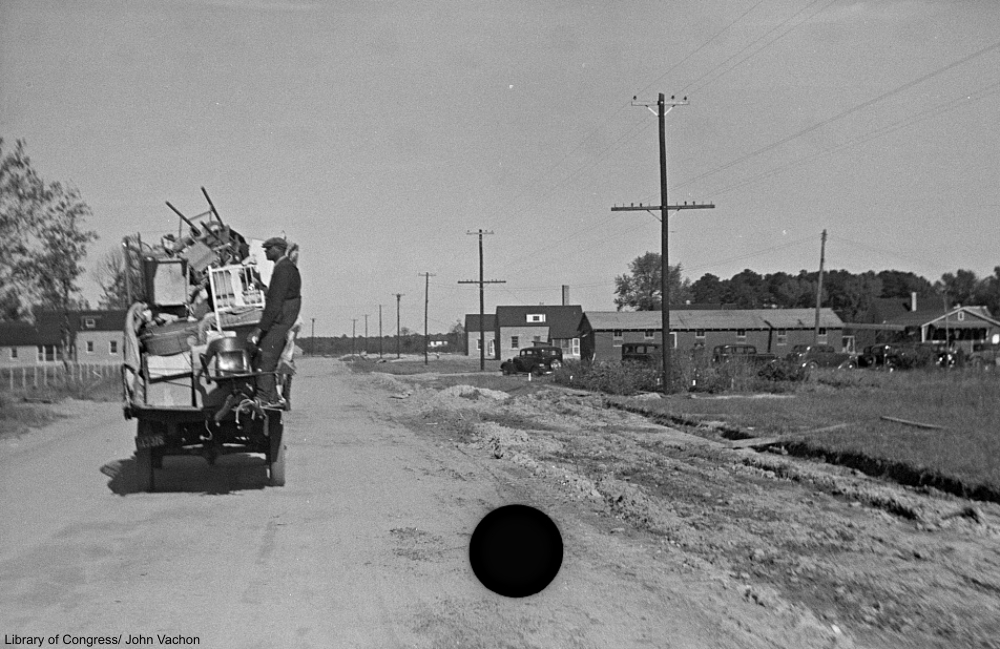
If you liked this story, hit the "Share" button below!
Next Article
